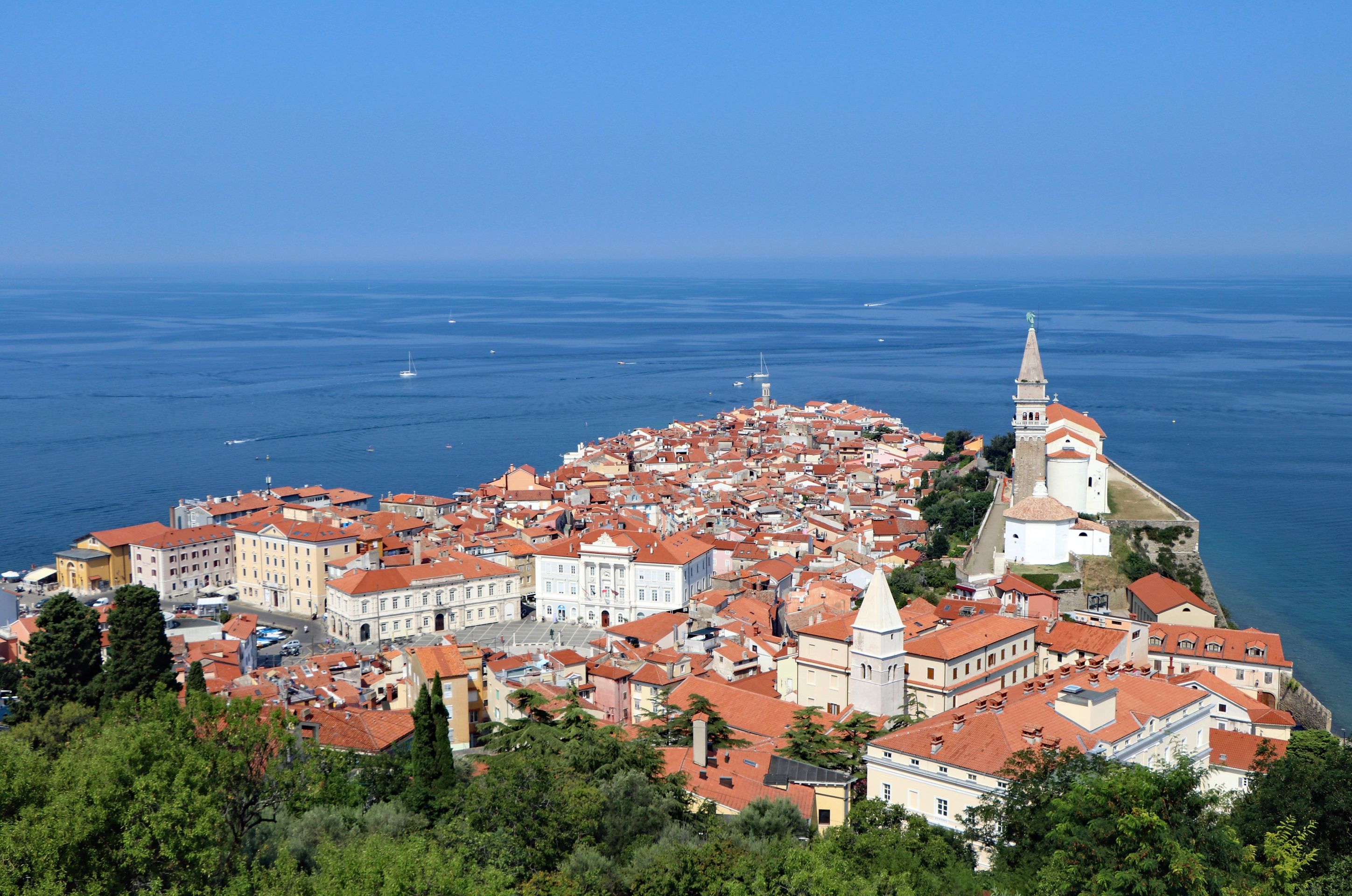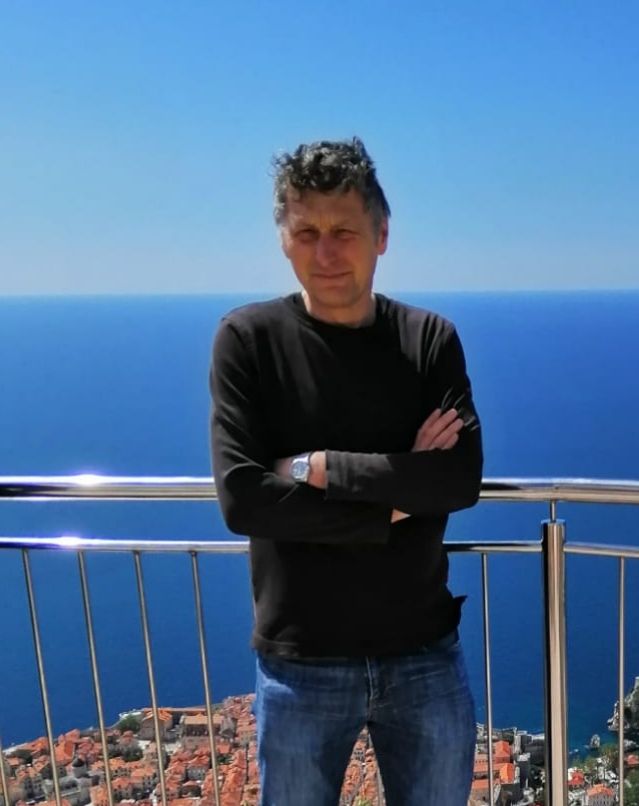BULGARIA, Part 6: Plovdiv - the real big surprise of this trip
प्रकाशित: 15.07.2020
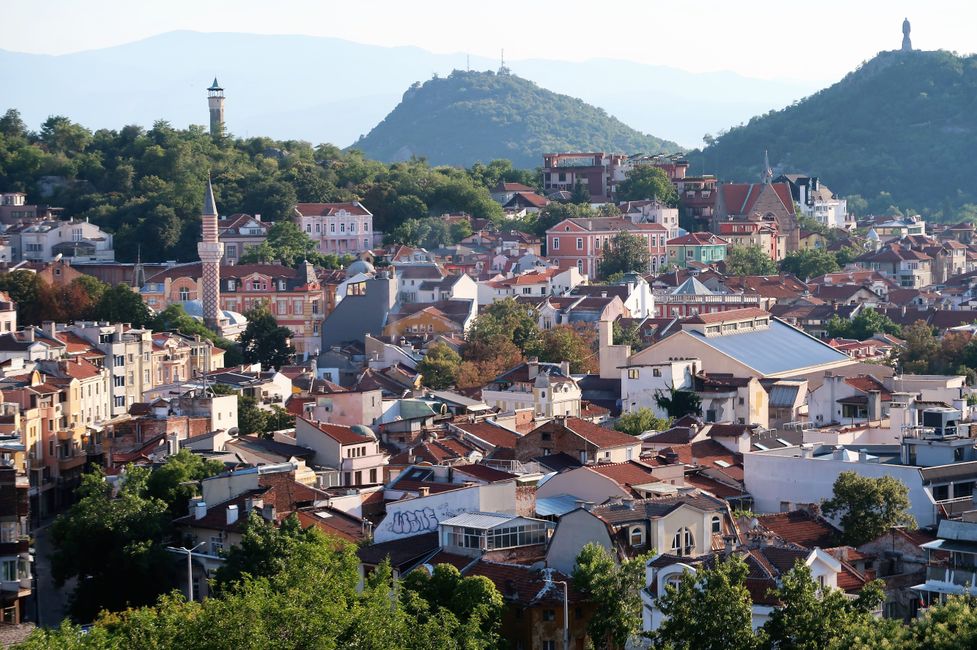
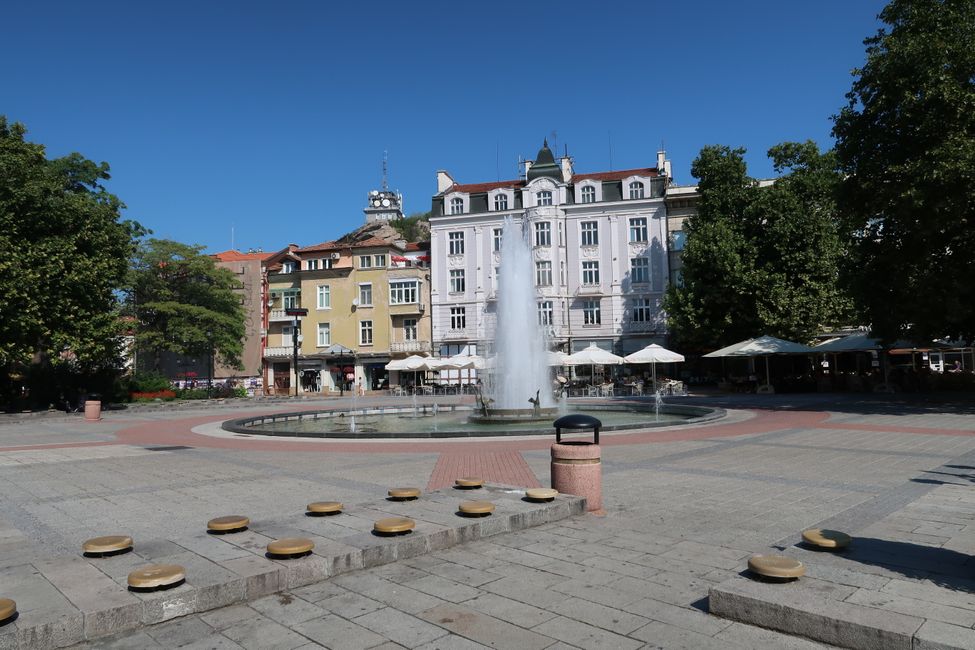
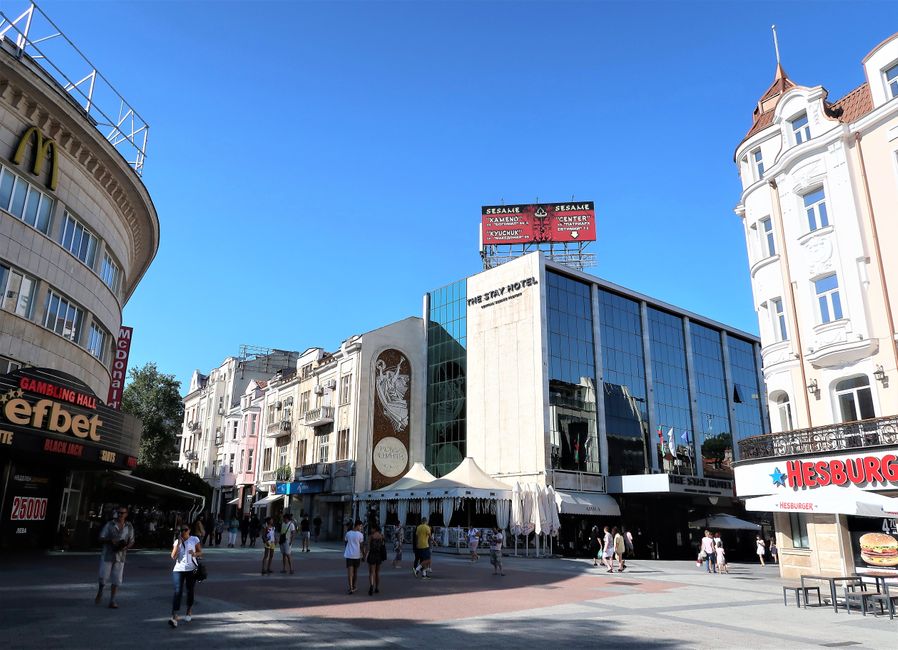
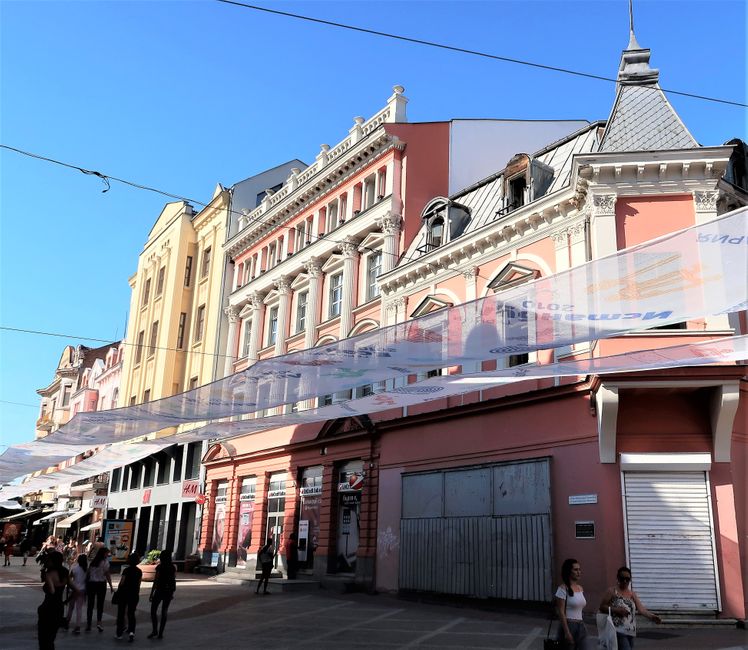
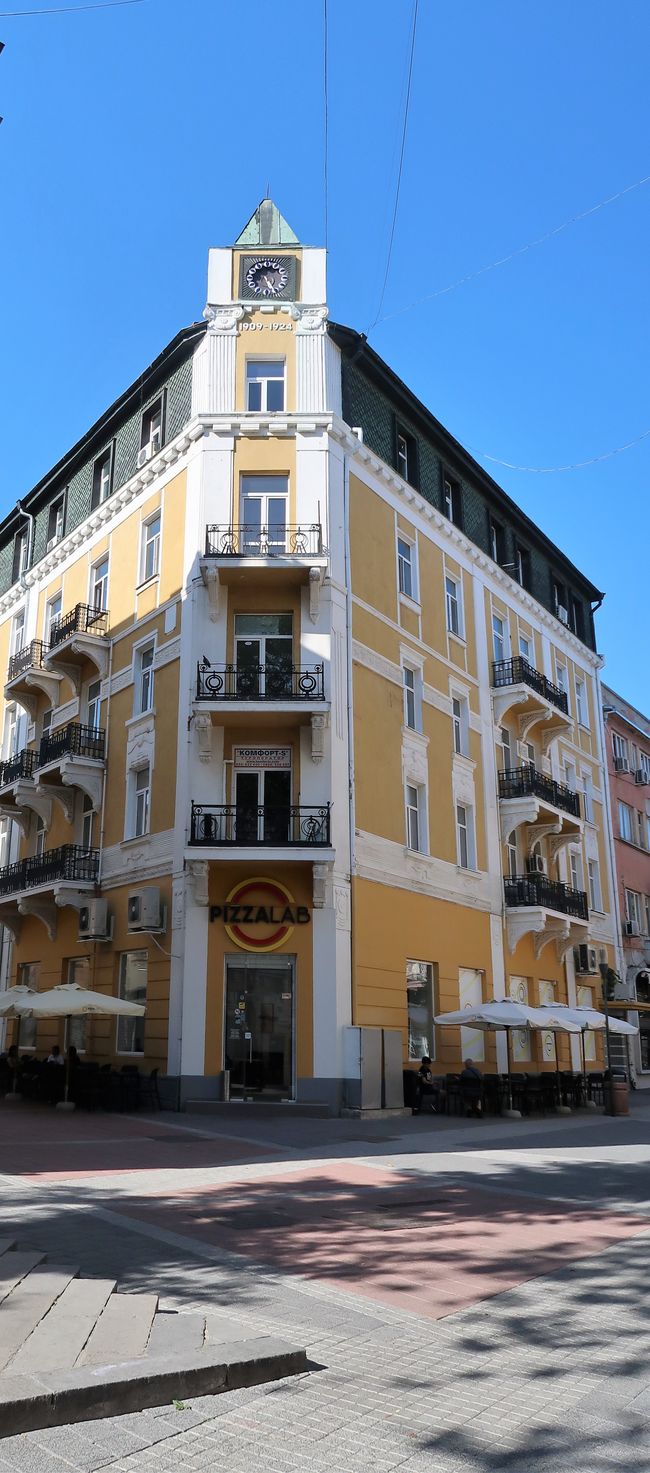
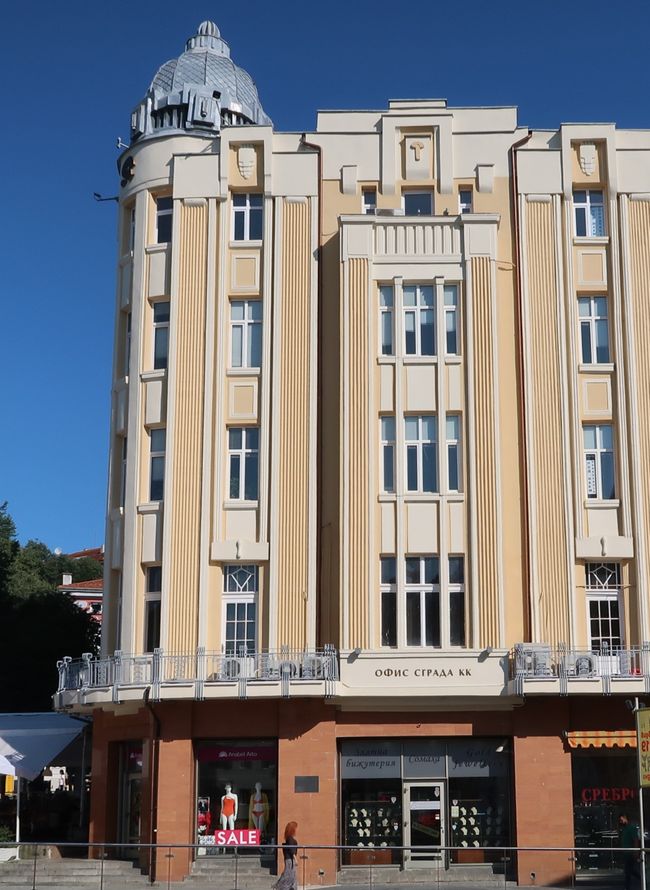
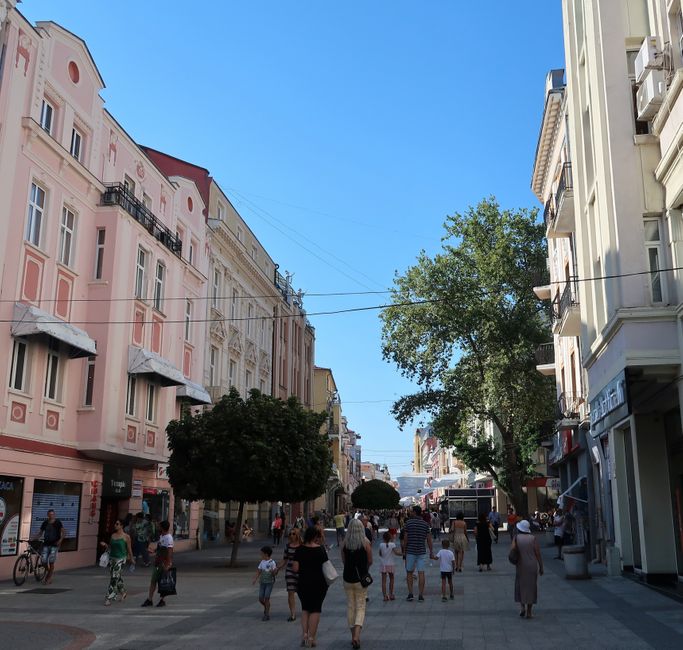
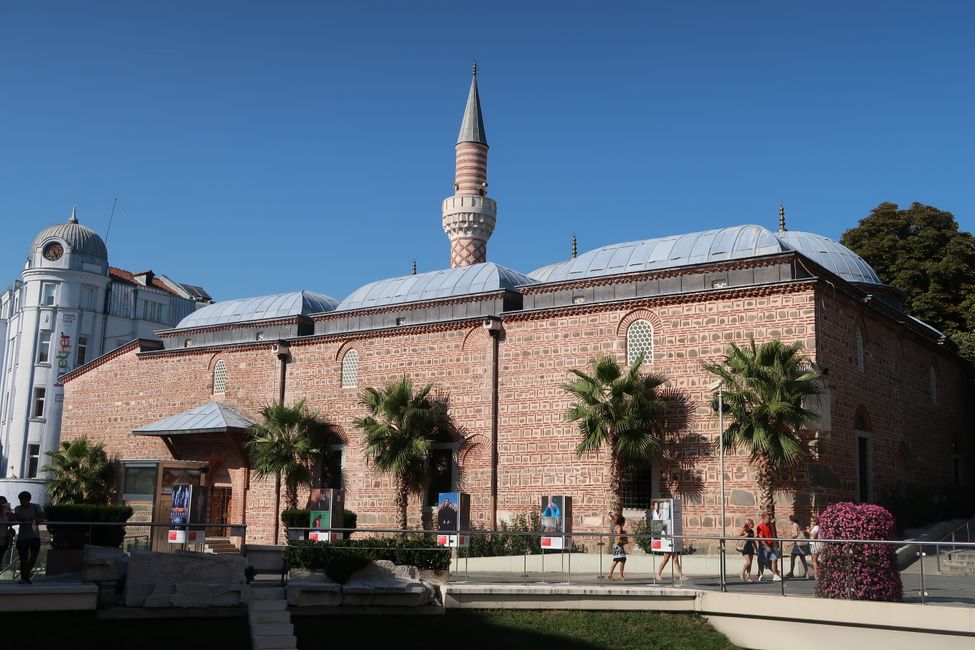
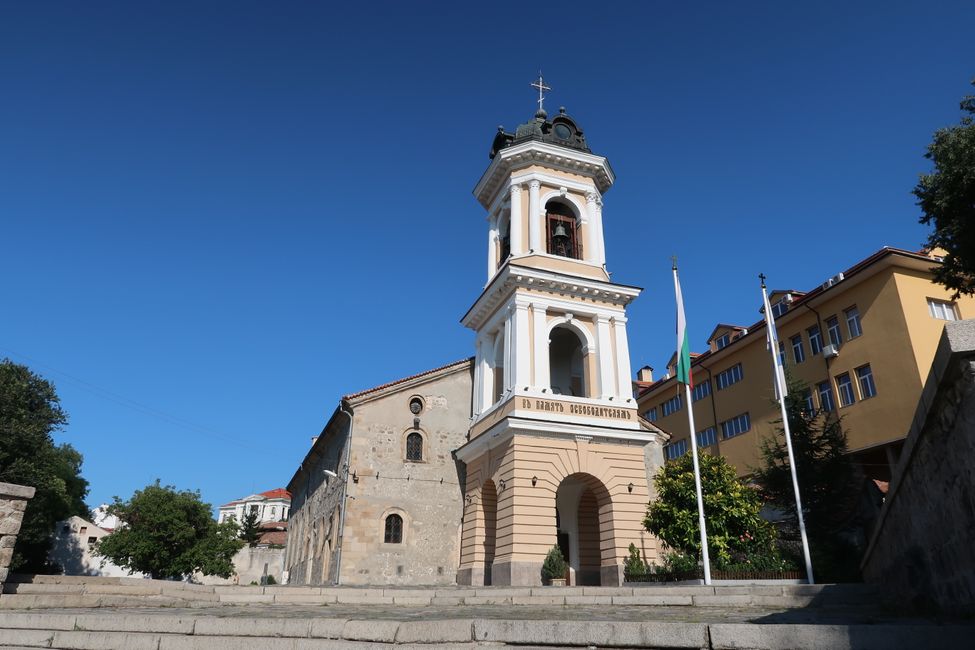
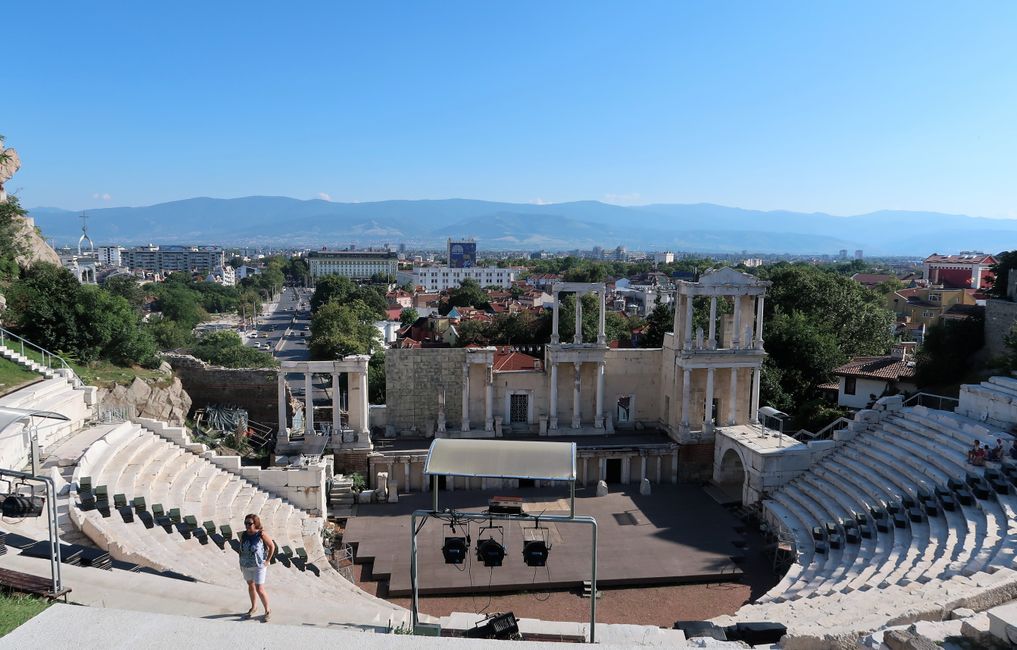
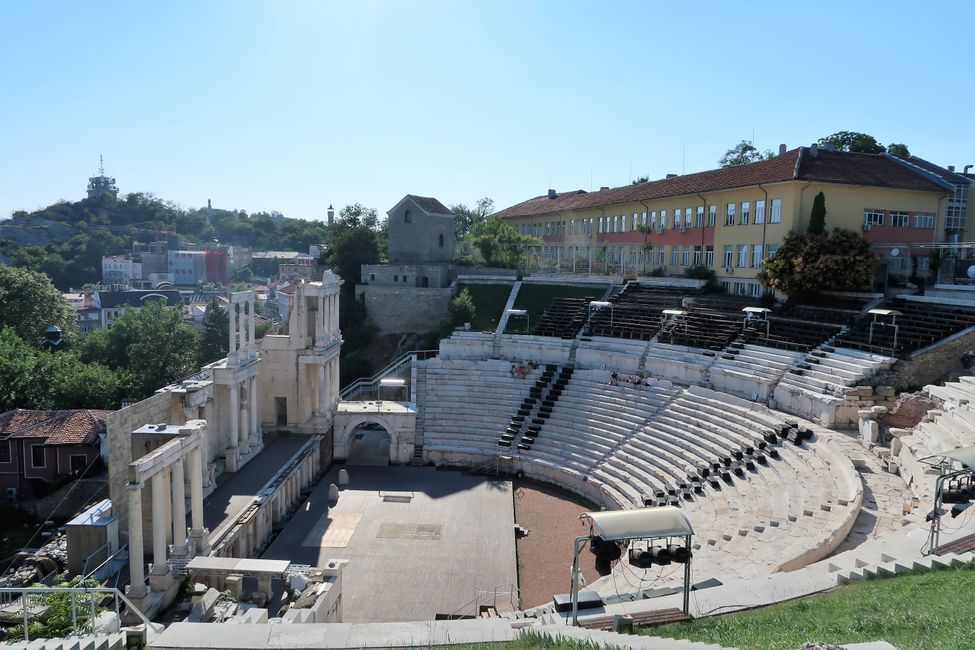
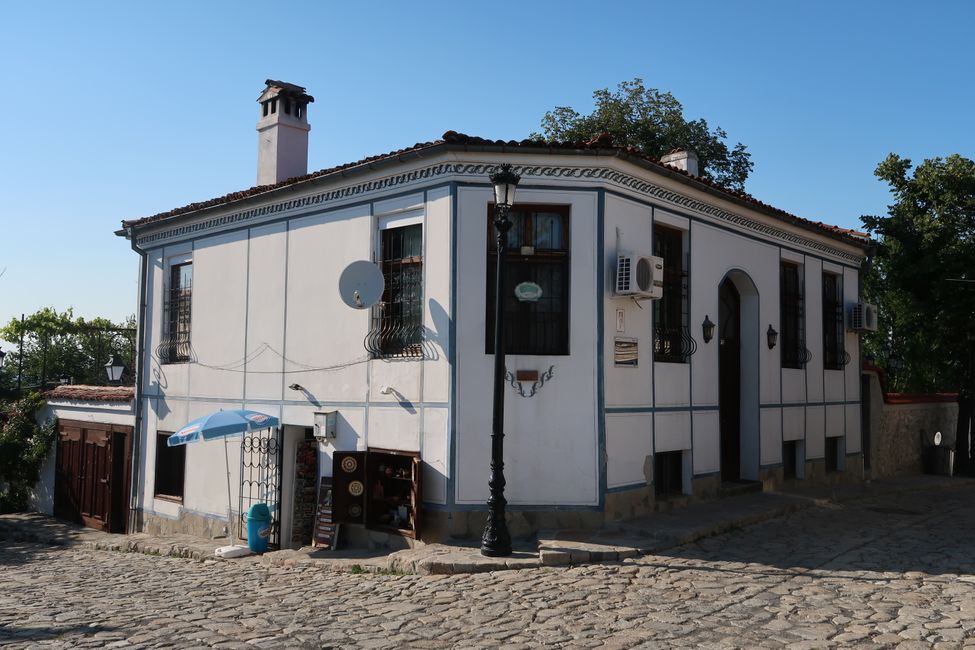
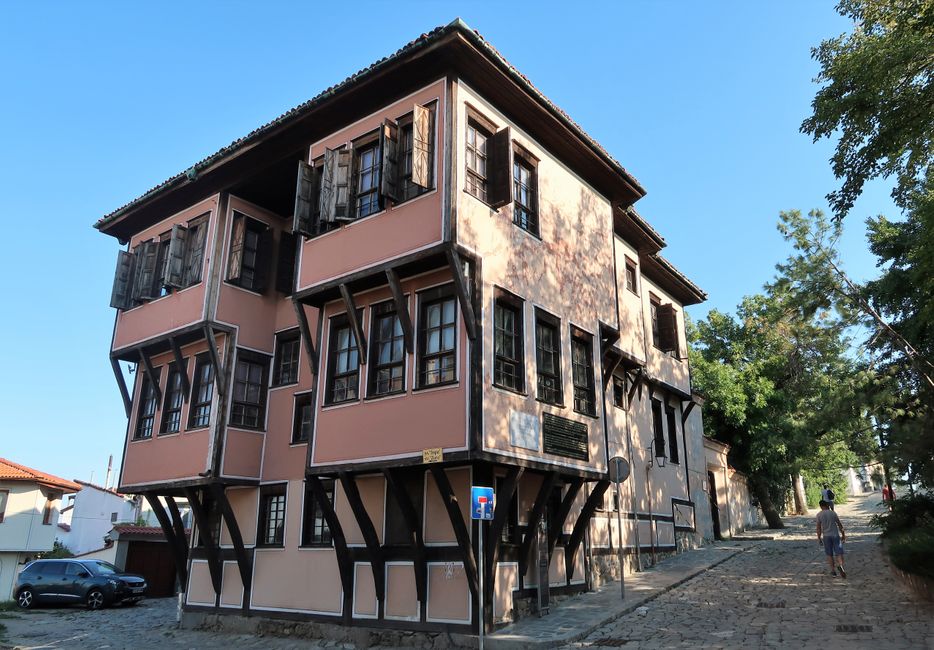
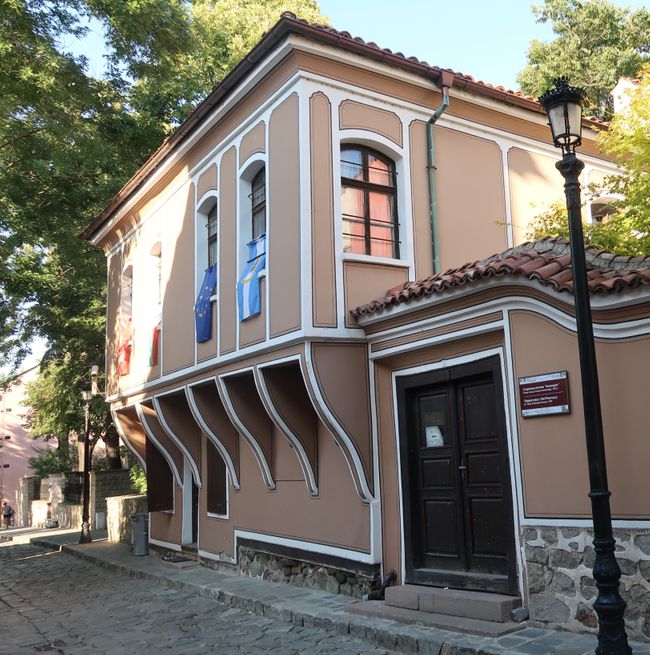
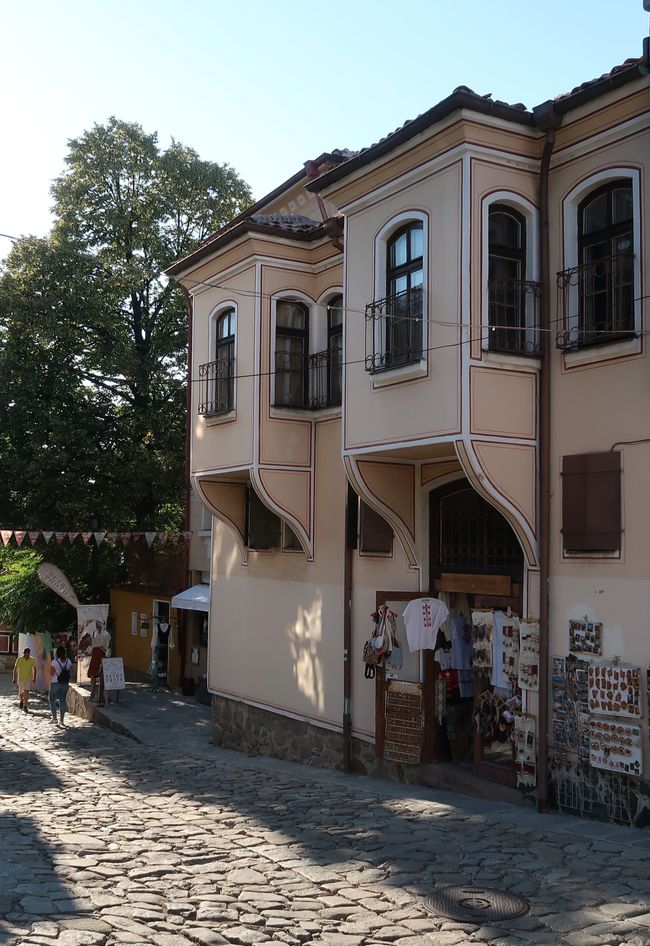
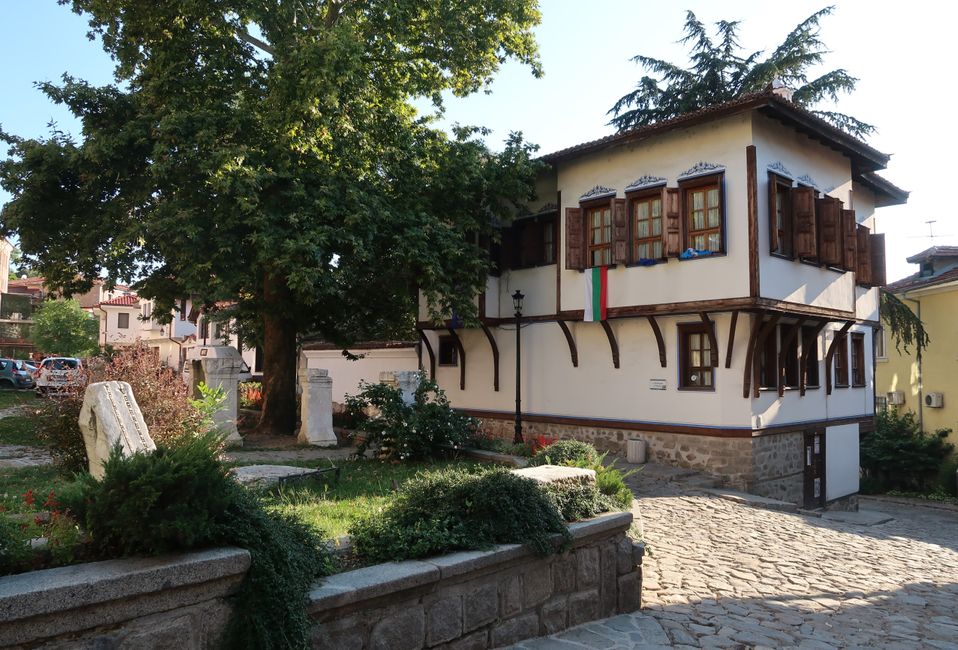
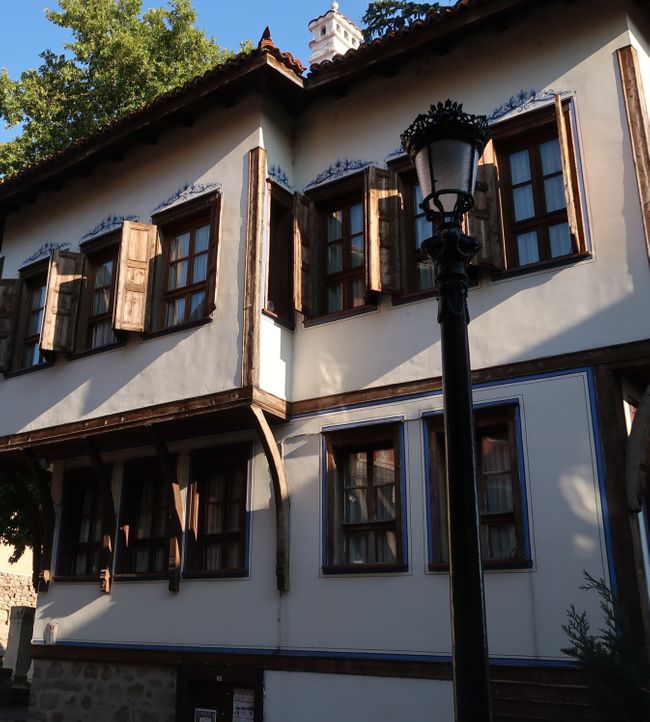
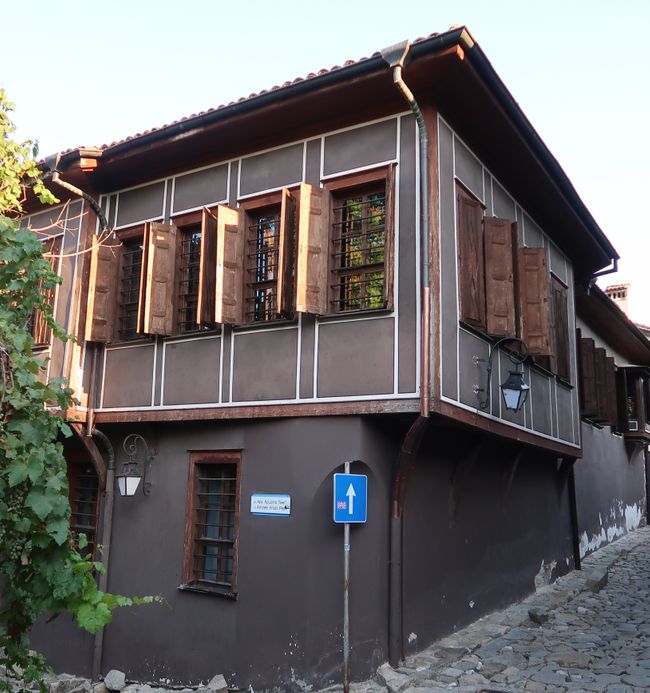
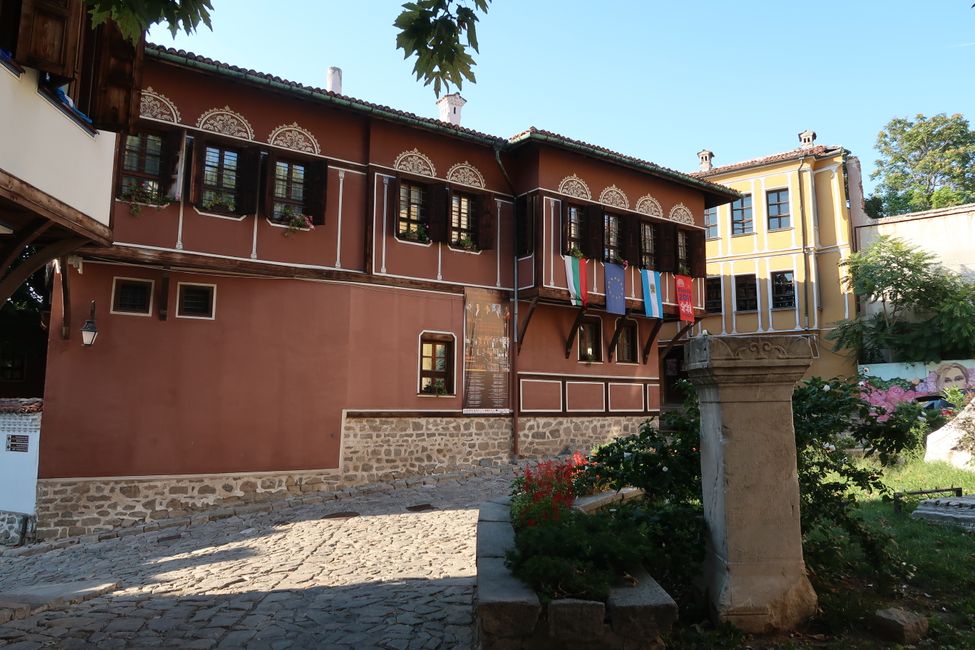
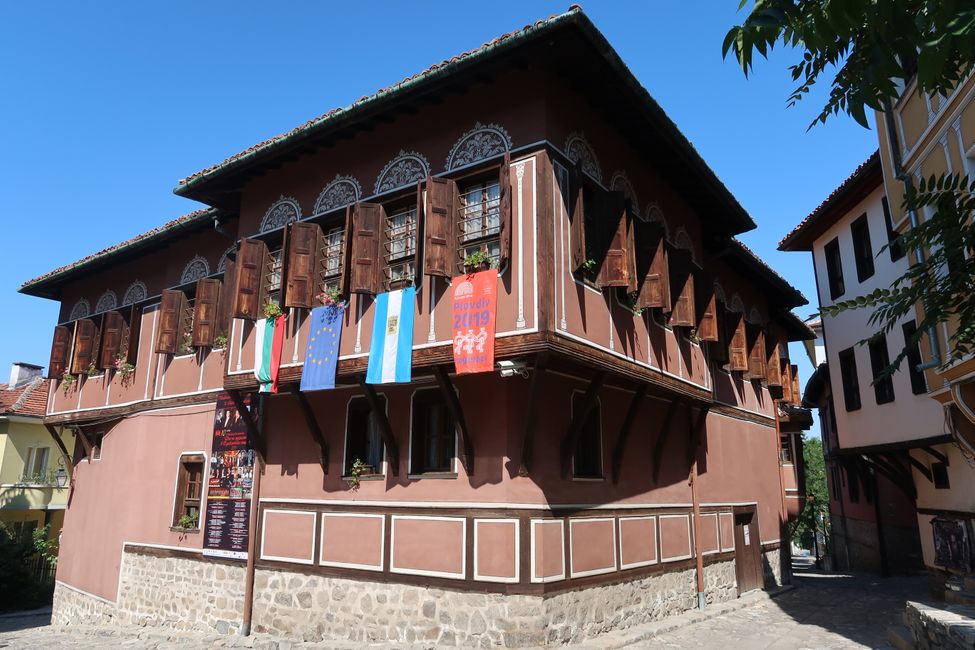
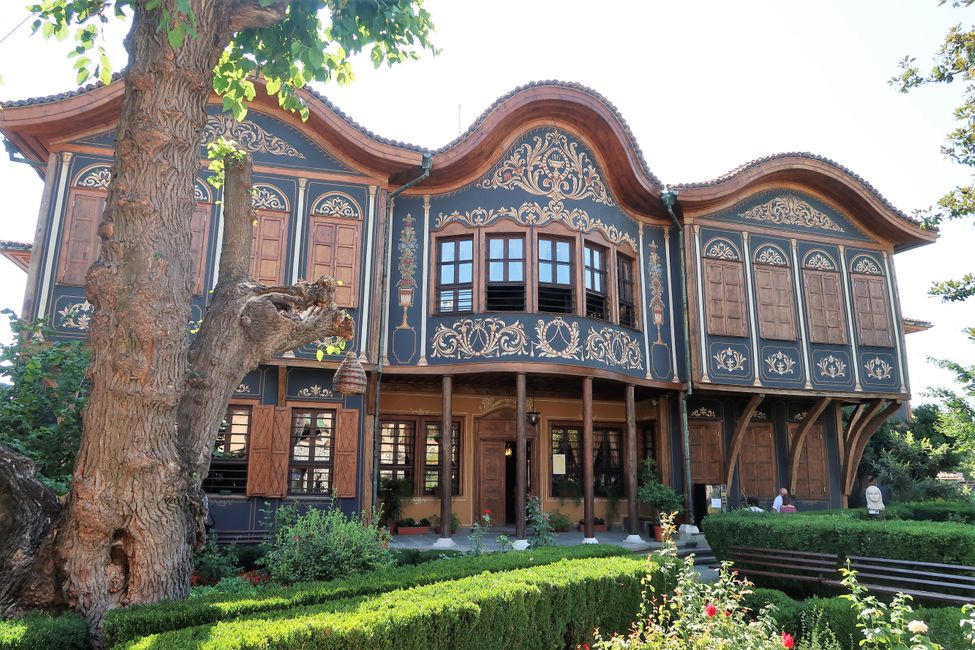
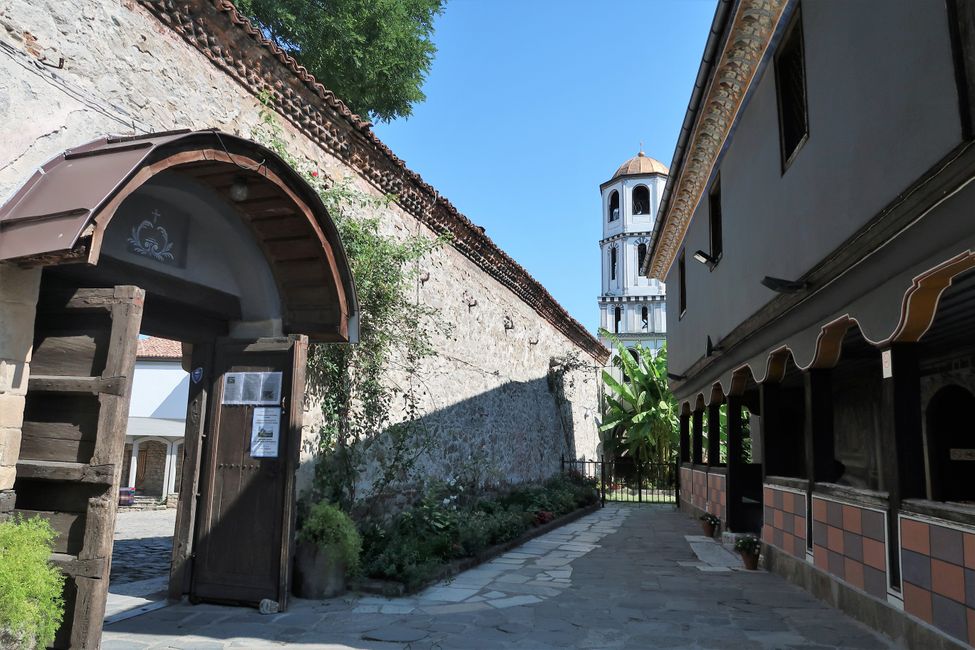

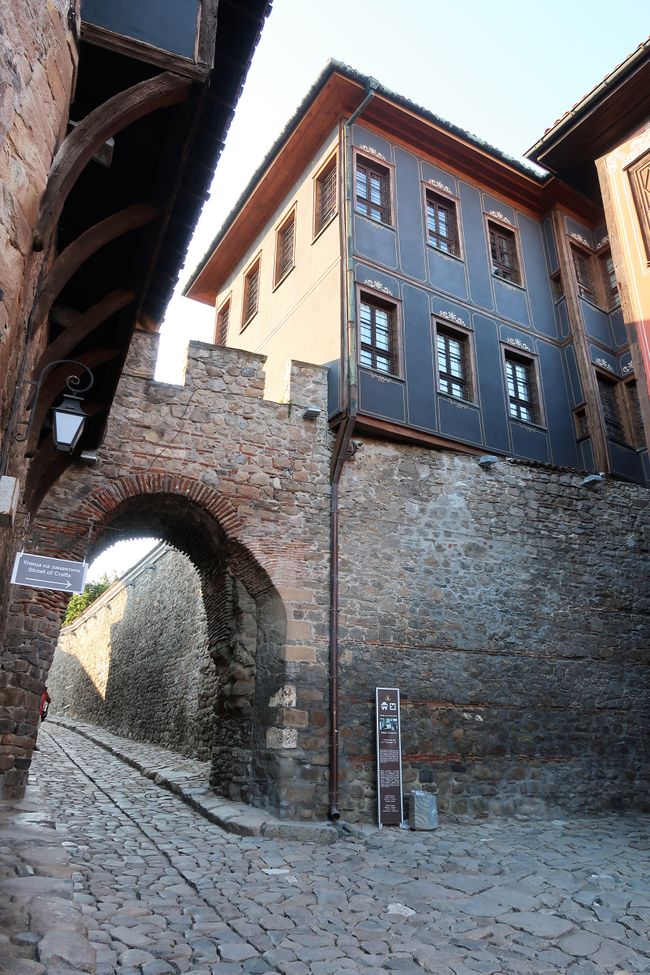
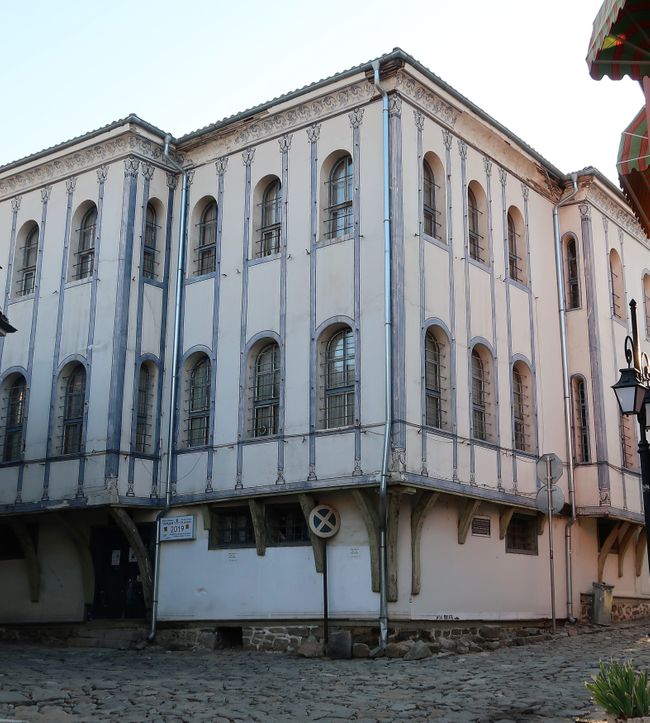
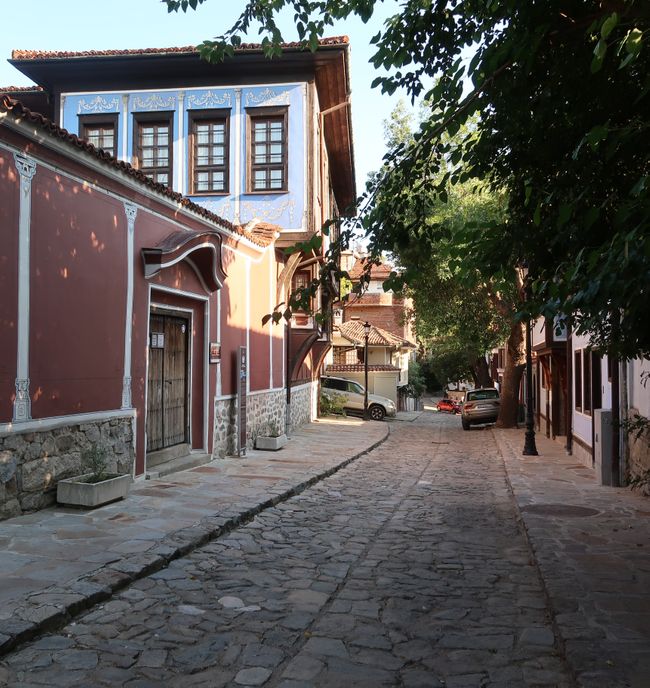
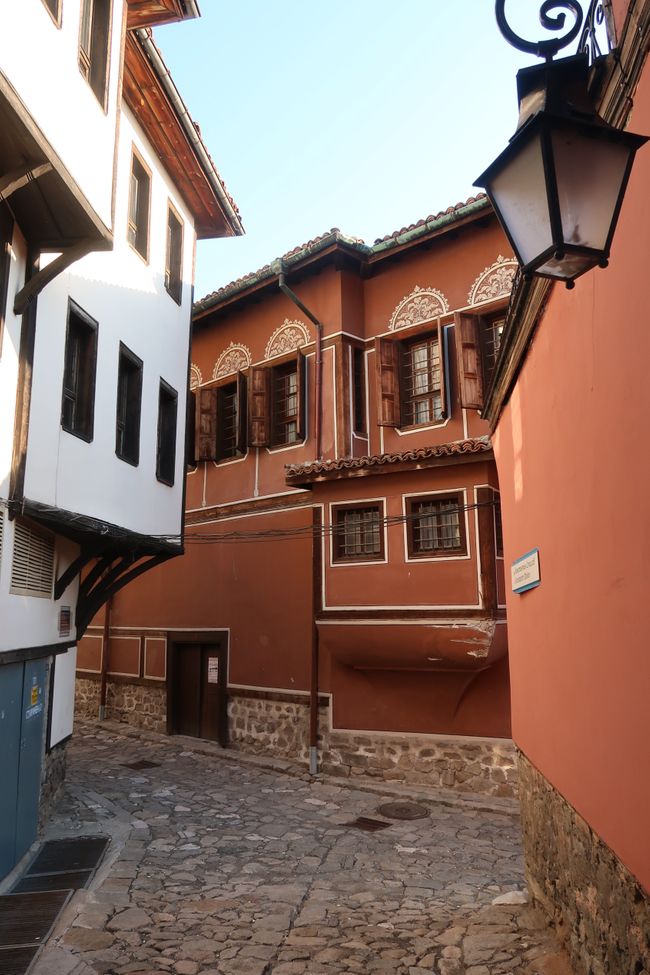
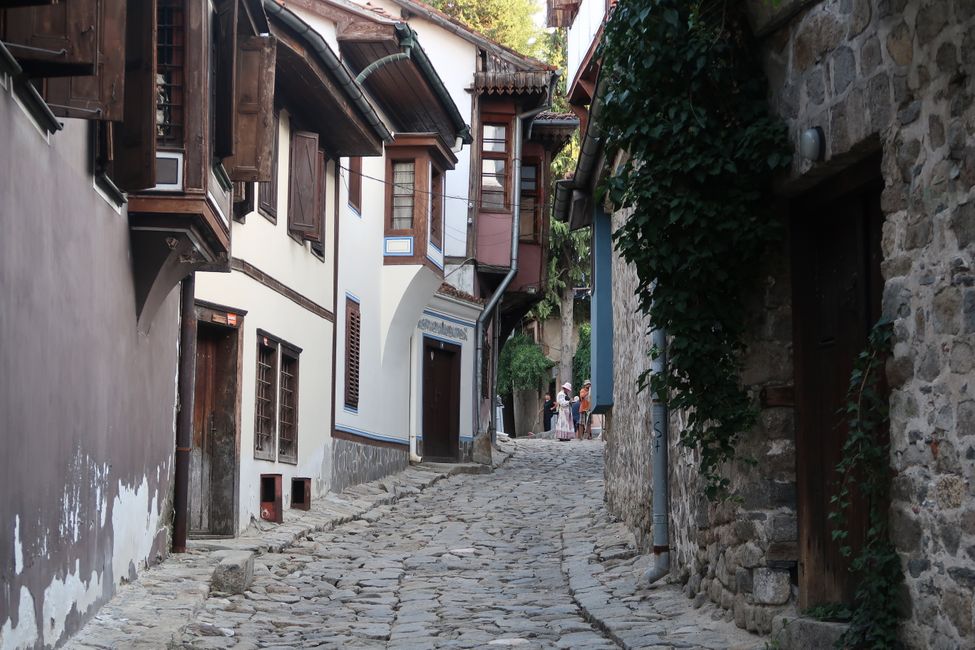
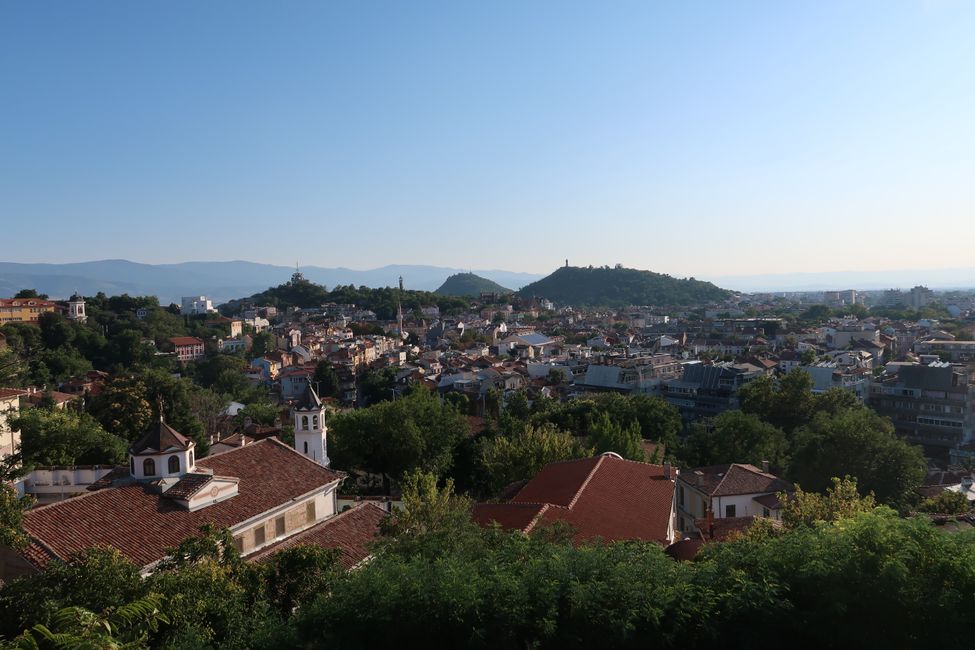
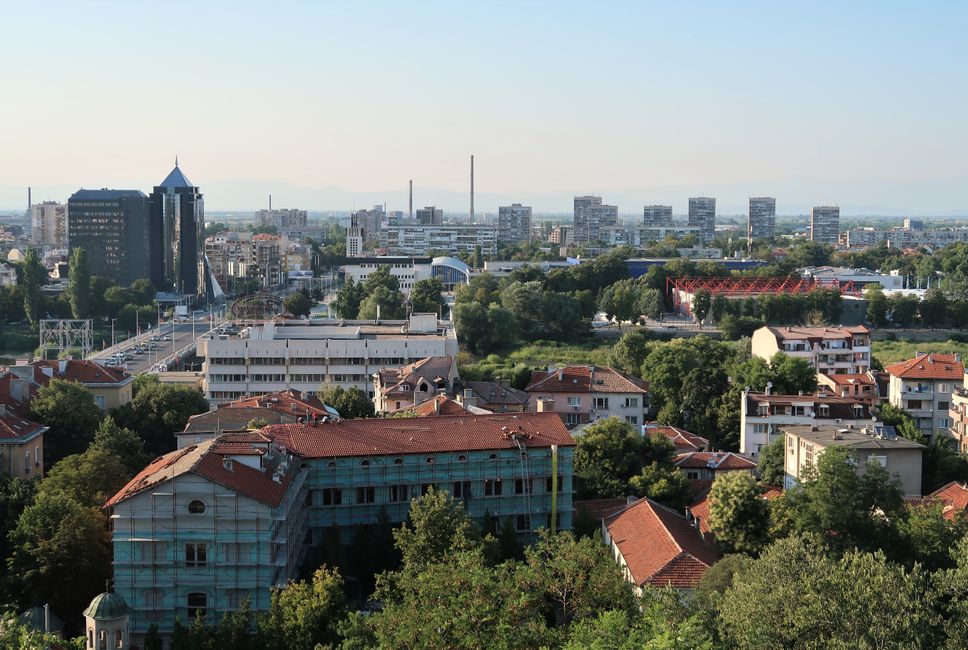
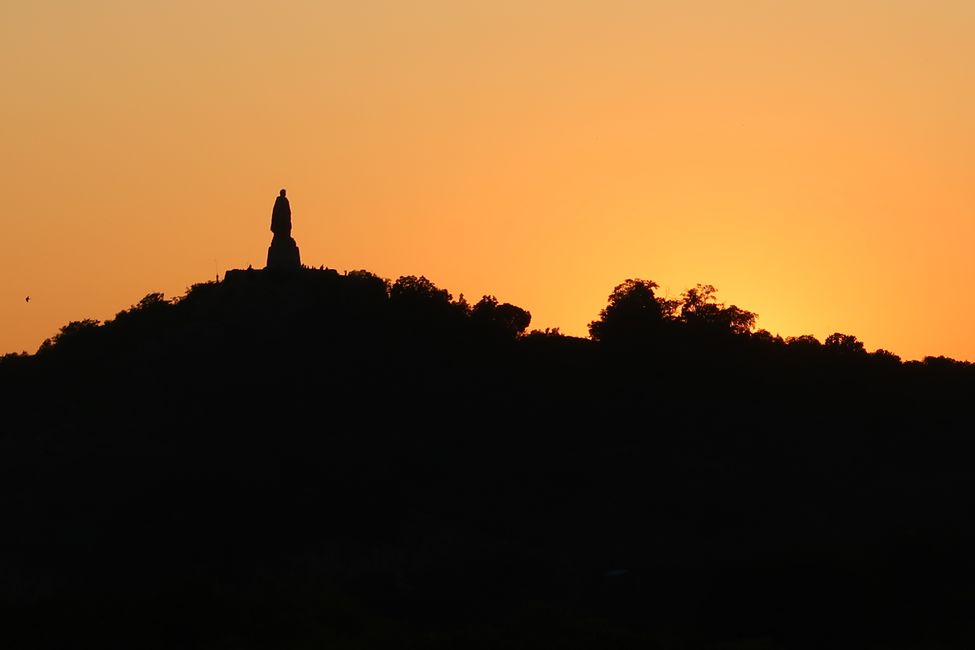
समाचार पत्रिका के लिए सदस्यता लें
I didn't really know what to expect from Plovdiv itself. I knew there would be an old town and that Plovdiv would be the European Capital of Culture in 2019. Curious as always, but without having too high expectations, I made my way to the old town right after my arrival. After the obligatory double espresso in the afternoon at a pastry shop at the beginning of the pedestrian zone, I walked up the same and the old town appeared to be really nice. Nice, but without making a special impression on me.
I heard many different languages. Besides English, French, Spanish, and Italian, I also heard Hungarian, Polish, and German, both in the German and Viennese versions. Being the European Capital of Culture pays off and attracts a lot of visitors.
Arriving at the Dzhumaya Mosque at the end of the pedestrian zone, I turned right up the alley to reach the higher part of the old town. I first came across a small church before discovering the well-known amphitheater from ancient Roman times, clinging to the slope of the Dzhambaz Hill. My enthusiasm for Plovdiv continued to grow. But what was presented to me as the 'real' old town of Plovdiv had blown me away, amazed and astonished me so much that I was speechless at these 32 degrees Celsius. I am referring to the many small alleys with the truly remarkable so-called 'Revival Houses' from the period of the Bulgarian Renaissance. The Bulgarian Renaissance, contrary to our understanding of the term Renaissance, lasted from the late 18th century to the second half of the 19th century. Enslaved under the Turkish yoke since the end of the 14th century, the Bulgarians began to (re)discover their national identity during this time. The buildings that emerged from this are truly unique and beautiful in their original style. A wide range of images of Bulgarian Revival Houses will give an impression of this in this chapter.
Lastly, I would like to add two views of Plovdiv: one is the view over the lower old town towards the three hills, and the other is the view towards the north to also show the socialist or post-socialist Plovdiv. Those ideologically inclined will probably prefer the latter. As a free spirit, however, I always enjoy the images of the Bulgarian Revival Houses.
समाचार पत्रिका के लिए सदस्यता लें
उत्तर
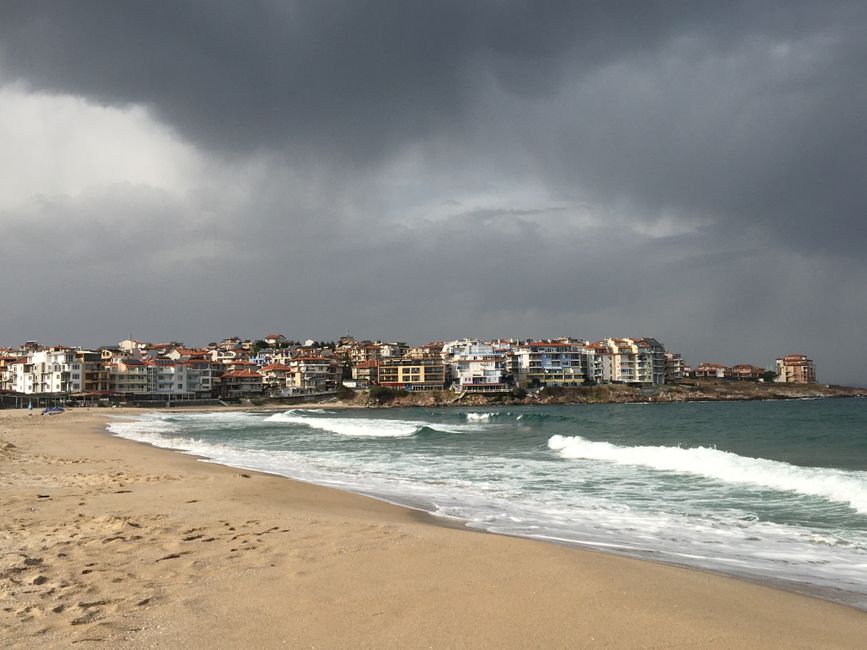
यात्रा रिपोर्ट बुल्गारिया
